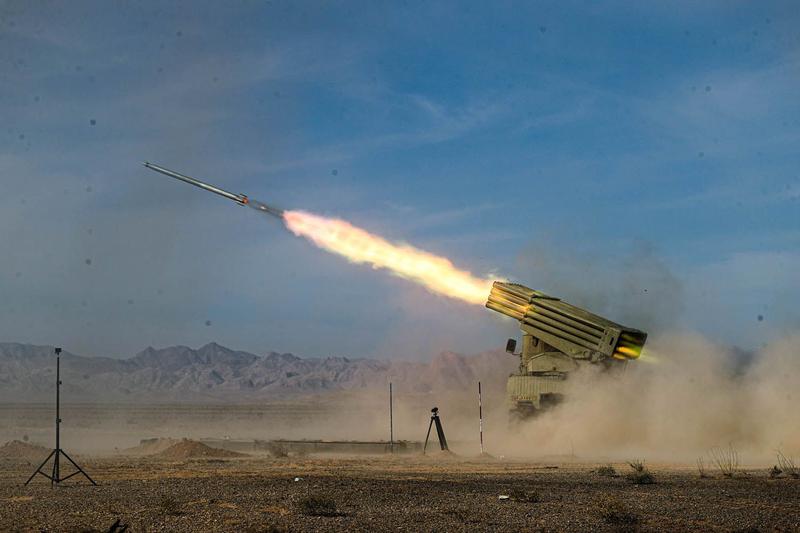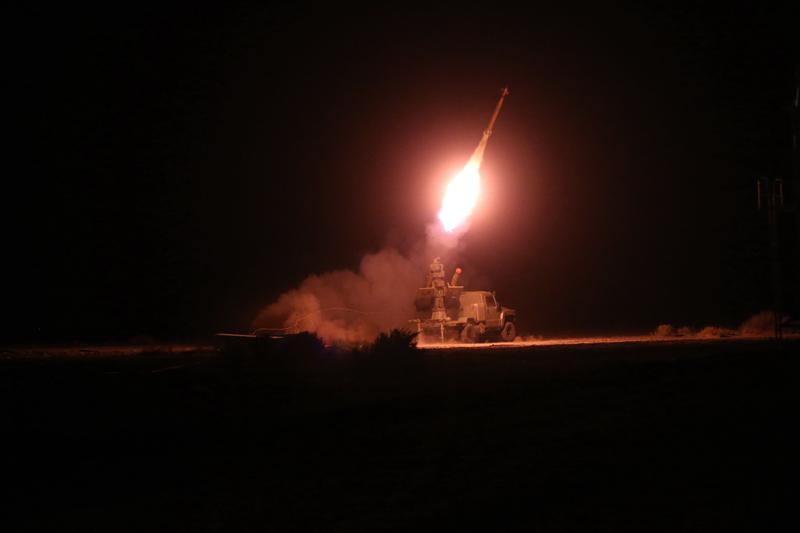The US space mission Phoenix landed safely in the arctic region of Mars, in the attempt to find water, organic material and other signs that life has existed on Mars, or could exist on the planet. "I never imagined the mission to go perfectly, as it did", said Barry Glostein, one of the mission responsibles.
"Phoenix plunged into the thin Martian atmosphere traveling at more than 12,000 mph. Over the next seven minutes, friction -- which raised the temperature on the heat shield to 2,600 degrees Fahrenheit -- slowed it enough to deploy the parachute.
About half a mile from the surface, and with only seconds remaining before touching down, 12 small rocket thrusters fired to slow the lander's descent speed to 5 mph. Before it landed, however, Phoenix had to orient itself toward the sun to ensure that its solar panels could pick up enough light to generate the power it will need on the surface", Washington Post informs in its online edition.
Phoenix traveled 679 million kilometers, after its launching in August 2007. The expedition is estimated at some 420 million dollars.



















